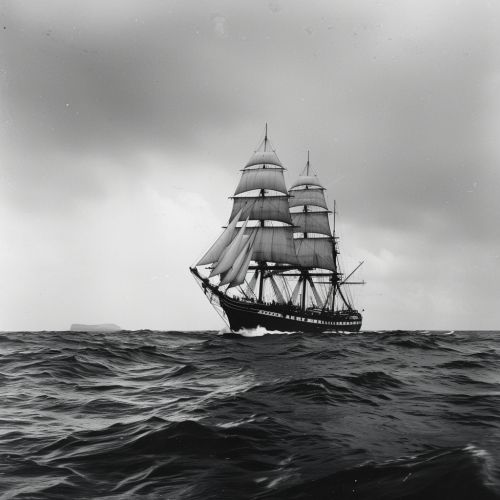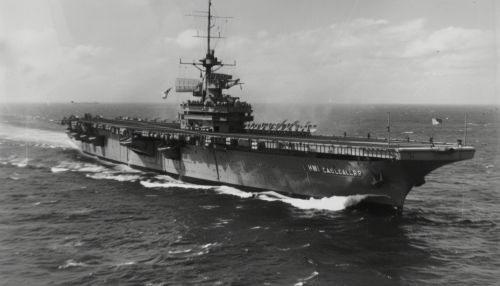HMS Challenger
Overview
The HMS Challenger was a British naval vessel that served as the flagship for the groundbreaking Challenger expedition from 1872 to 1876. This expedition, led by Captain George Nares, was the first to conduct a systematic study of the world's oceans, laying the foundation for the field of oceanography.
Design and Construction
The HMS Challenger was a corvette, a type of small, fast ship that was commonly used by the Royal Navy in the 19th century. She was built at the Woolwich Dockyard in London, and was launched on 13 February 1858. The ship was 200 feet long, with a beam of 40 feet and a draught of 15 feet. She was powered by a combination of sails and a steam engine, which gave her a top speed of 10 knots.
Challenger Expedition
The Challenger expedition was a scientific expedition that took place from 1872 to 1876. The expedition was led by Captain George Nares and the ship's scientific duties were overseen by the expedition's chief scientist, Charles Wyville Thomson. The expedition was the first to conduct a systematic study of the world's oceans, and its findings laid the foundation for the field of oceanography.


The expedition covered nearly 70,000 nautical miles, visiting all the world's major oceans. The crew conducted deep-sea soundings, collected water and sediment samples from various depths, and made numerous observations of marine life. They also made important discoveries about ocean currents, the composition of seawater, and the distribution of temperature and salinity in the ocean.
Legacy
The Challenger expedition had a profound impact on our understanding of the world's oceans. The data collected during the expedition provided the first comprehensive picture of the global ocean system, revealing patterns of temperature, salinity, and currents that had previously been unknown. The expedition also discovered many new species of marine life, and made important contributions to our understanding of the geology of the ocean floor.
The HMS Challenger herself was decommissioned in 1878, just two years after the conclusion of the expedition. However, her legacy lives on in the field of oceanography, and the data collected during the Challenger expedition continues to be used by scientists today.
